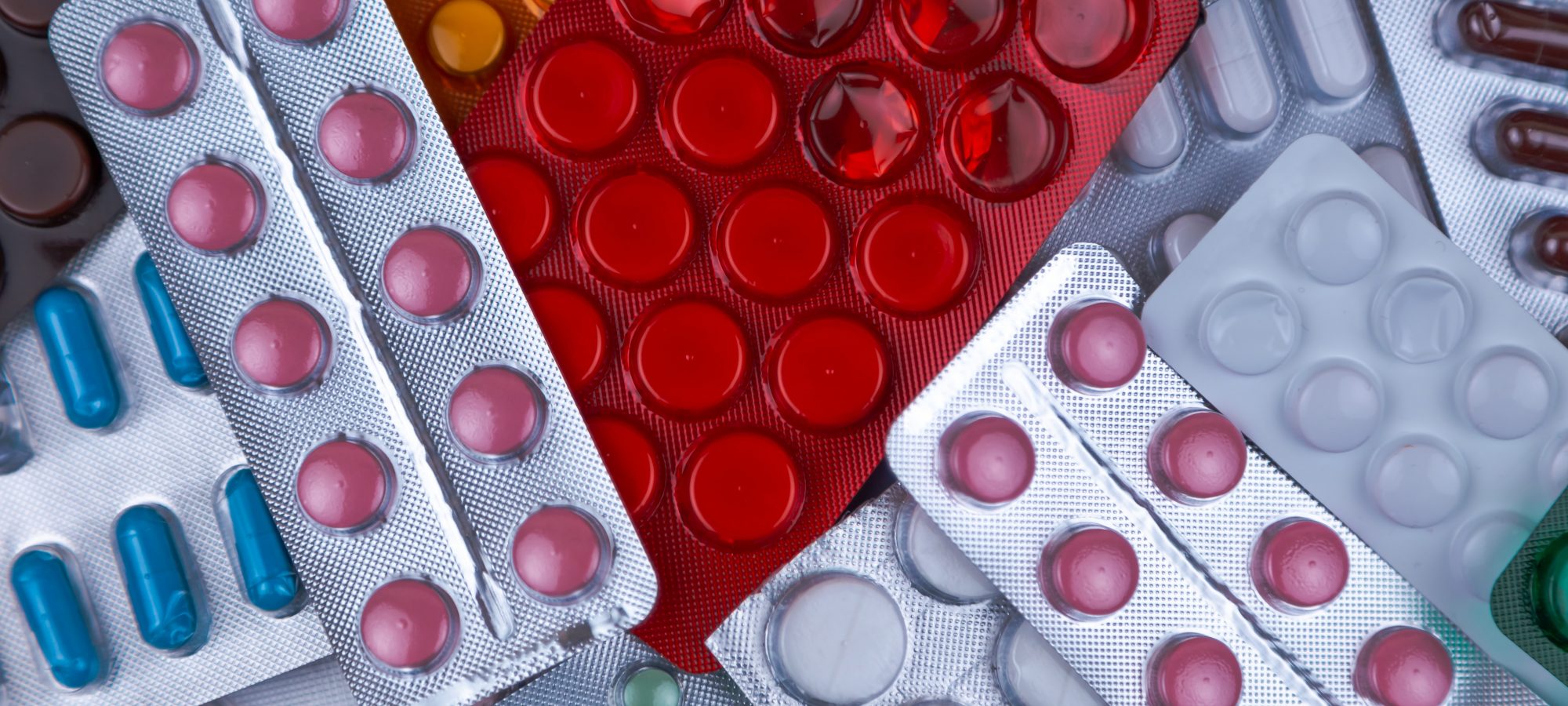How many lives have been saved by antimicrobial drugs since the beginning of time? Research suggests that they have been having a positive impact on the health of humans for hundreds of centuries, with the antibiotic tetracycline found in skeletons from the Sudanese Nubia dating from 350 CE.
Antibiotics are a type of antimicrobial that specifically targets and kills bacteria. Other types of antimicrobial drugs include antifungals, antimalarials and antivirals.
The beginning of the modern use of antibiotics to fight bacterial infections began with Sir Alexander Fleming’s discovery of penicillin in 1928. It was first prescribed as an antibiotic in 1943, and since then penicillin has transformed the way health professionals have treated infections and has saved countless lives.
A $100 trillion problem
In the decades since Fleming’s discovery, antibiotics – as well as other antimicrobial drugs – have become ubiquitous. They have been so successful at curing disease that the demand for them has surged. However, education on how to use antimicrobials correctly and regulation of the drug market have struggled to keep up. This has led to both overuse and misuse of antimicrobial drugs, and a marketplace awash with fake or substandard versions.
As a result of all of this, we are now witnessing the rise of antimicrobial resistance (AMR). The microorganisms that the antimicrobial drugs are designed to kill change when they come into contact with the drug. They learn and adapt. They become resistant. So the more we overuse and misuse antimicrobial drugs, the more we speed up resistance to them. Very quickly, the drugs stop working.
On top of these issues, the development of new antimicrobials to prevent and treat infection has slowed owing to a lack of investment. It costs billions to research, design and deliver new drugs, and pharmaceutical companies haven’t been able to find a way to make enough money selling them. They simply aren’t as profitable as medicines made to treat chronic conditions.
When you look at the figures, the rise of AMR as a global problem becomes easier to see. AMR contributes to at least 700,000 deaths globally every year. By 2050, this figure could stand at 10 million – with most lives lost in low and middle income countries (LMICs). AMR could end up costing the global economy $100 trillion (£805 billion).
Seven steps to stop it
As a leading technical organisation specialising in the prevention, control and treatment of disease, Malaria Consortium is gravely concerned about the impact of AMR on public health, including ongoing malaria control and elimination efforts.
Using our organisation’s experience of controlling disease among the world’s most vulnerable populations, we have developed recommendations that seek to address the factors that have exacerbated AMR and can be operationalised in a range of settings.
We have published these recommendations in a new opinion paper, Antimicrobial resistance: A growing threat to global health, outlining the risks that AMR poses and the seven steps that need to be taken if we want to halt its spread. To tackle the AMR crisis, we believe the global community needs to:
- Support LMIC governments to develop and implement national AMR action plans that are built on strong evidence.
- Invest in increased surveillance to better monitor and respond to AMR patterns and epidemiological trends.
- Support the regulation of antimicrobial quality and use. Only high–quality antimicrobials from known sources should be given out. They should only be available by prescription from a trained health professional, as unregulated sale of drugs over the counter is associated with misuse.
- Support the development and use of accurate diagnostic aids such as rapid diagnostic tests and automated respiratory rate counters to correctly diagnose febrile diseases and determine the most appropriate treatment regime.
- Invest in community-based primary healthcare programmes to ensure that everyone can get the healthcare they need, and that everyone is diagnosed accurately and receives the correct treatment.
- Invest in and implement social and behaviour change activities within communities, to increase awareness of AMR and show how small changes in everyday behaviour can help stop the rise of resistance
- Fund the development and implementation of new vaccines and treatments to prevent the outbreak of deadly diseases and reduce the pressure on existing antimicrobials.
To read our recommendations in full, click here to download the paper.
 This paper is the first in Malaria Consortium’s ‘Future Health’ series, in which the organisation will use its expertise and experience of running health intervention programmes around the world to share its opinions on some of the biggest threats and developments in global health. Future publications will focus on climate change, dengue, vaccines and digital health.
This paper is the first in Malaria Consortium’s ‘Future Health’ series, in which the organisation will use its expertise and experience of running health intervention programmes around the world to share its opinions on some of the biggest threats and developments in global health. Future publications will focus on climate change, dengue, vaccines and digital health.
Case study: Using community dialogue to change behaviours around antibiotic use in Bangladesh
In Bangladesh, Malaria Consortium partnered with ARK Foundation and the University of Leeds to trial the use of Community Dialogue to change behaviours around antibiotic misuse in rural communities.
Community Dialogue is designed to bring people together to talk about a specific health issue and how it affects them. Each meeting is facilitated by a trained volunteer from the community, and, as a group, they decide collectively how to address the problem, and find solutions. As a part of this trial, we trained 55 volunteers to organise and run community dialogues in the catchment area of five Community Clinics, a total population of 30,000. More than 400 meetings were held as a part of the trial, each involving 40 community members on average.
As a result of the meetings, we found that behaviours around antibiotic use improved. Communities became aware of how the misuse of antibiotics could affect their health and volunteers reported improved behaviours including individuals not buying antibiotics without a prescription, visiting the Community Clinic if unwell and encouraging handwashing among community members.
